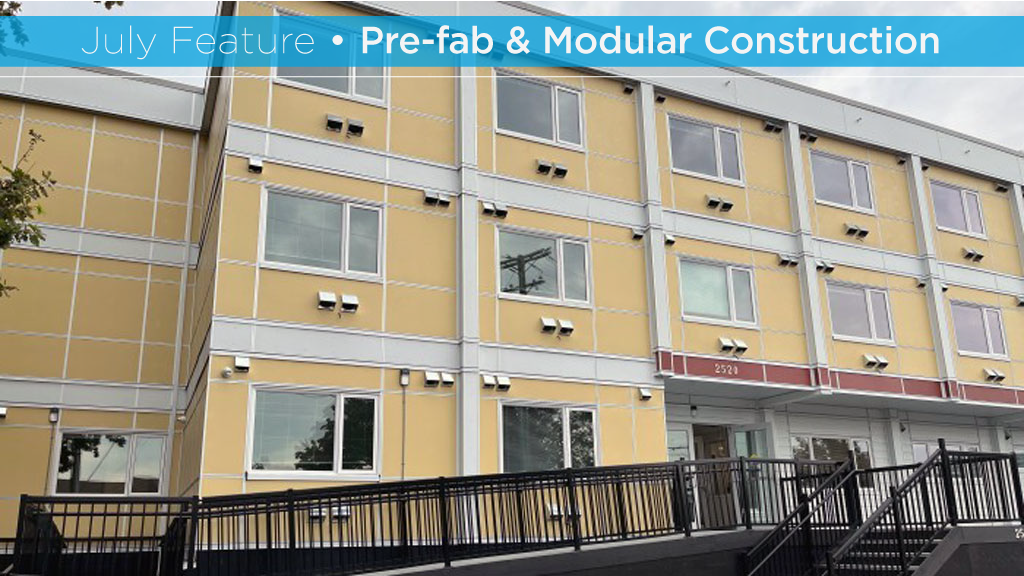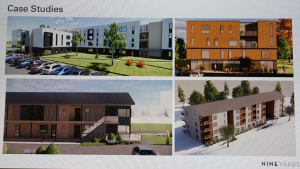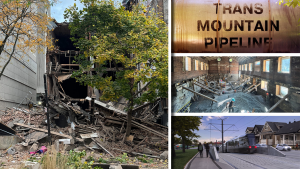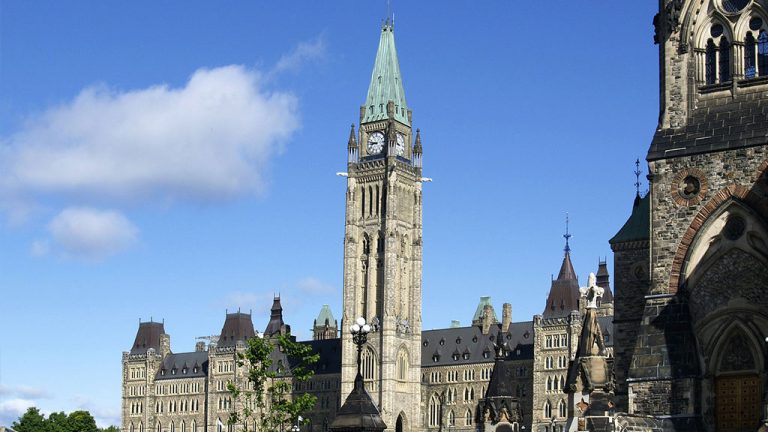Many Canadian cities are “home” to hundreds or even thousands of people who don’t have a roof over their heads.
According to a March 2023 estimate, there are more than 3,600 homeless people in Vancouver alone.
Provincial and municipal governments and private non-government organizations across the country have been experimenting with different types of housing arrangements to get the homeless off the streets and into stable housing.
One of the approaches is modular structures, which some see as an interim solution between packed shelters and permanent housing.
In the Vancouver suburb of Richmond, for example, Aster Place is a three-storey modular temporary supportive housing building.
The structure has 40 self-contained units, each with a private washroom and kitchenette, as well as a commercial kitchen, laundry facilities and storage space.
Aster Place provides housing for approximately 30 people who had been living in Richmond’s temporary Emergency Response Centre (ERC).
The centre had provided accommodation to vulnerable people during COVID-19. After the residents had moved into Aster Place, ERC closed.
The rest of Aster Place is occupied by other Richmond residents who are at risk of becoming homeless.
It will operate for approximately three years while the City of Richmond and the provincial government look for ways to get permanent housing for the facility’s occupants.
In Winnipeg, the Homes for Heroes Foundation is in the process of getting all the necessary permits lined up so it can begin construction of Winnipeg Kinsmen Veterans Village, a development of 20 modular “tiny homes” in the suburb of Transcona.
The Alberta-based organization helps homeless armed forces veterans reintegrate into civilian life by way of affordable temporary housing,
Construction of the modular mini-houses, which are between 100- and 400-square-feet in area, is expected to begin in fall 2023 and to be completed by 2024.
Homes for Heroes has built similar communities in Calgary and Edmonton, with a development underway in Kingston, Ont.
In Vancouver, there are a dozen temporary modular housing sites.
The structures are located on vacant lands that are owned by the city, or on lands owned by private property owners. In most cases, they are on lots awaiting permanent development.
According to City Coun. Christine Boyle, over 750 units of temporary modular housing in Vancouver carry leases that expire between 2024 and 2028.
When Vancouver’s temporary modular housing for the homeless initiative was rolled out in 2017, it was assumed the structures could be relatively easily dismantled and relocated to a new site if needed and at a relatively low cost.
Since then, however, BC Housing has determined taking the structures down, moving them and then putting them back up again would be much more expensive than expected.
The City of Vancouver’s plan now is to gradually replace the temporary modular units with permanent housing.
Following a mid-July motion, Vancouver City Council voted to reject modular housing sites that are built to remain onsite for more than 10 years.
The motion came on the heels of a decision to close two temporary modular housing buildings on a downtown parking lot that is to be the site of the new Vancouver Art Gallery. Construction of the art gallery is slated to begin later this year.
The buildings, known as Larwill Place, were built in 2018 and provide about 100 housing units.
Vancouver developer and retired architect Michael Geller says although permanent housing for the homeless needs to be encouraged, there also needs to be something in between shelters – which offer only the most minimal kind of housing – and new one-bedroom apartments.
“Think of temporary modular housing as a residential version of school portables,” says Geller. “While the cost of creating temporary units and relocating them may not be significantly less than some permanent housing, if it’s done properly there is a role that relocatable modular housing can play.”
For one thing, Geller says, the cost of land can be eliminated by using land that is either private and vacant or publicly-owned.
“It might be necessary to offer a private landowner an incentive in the form of some tax relief, like that offered for community gardens, but that’s all,” he says.
Alternatively, temporary housing could be set up on public land that is awaiting its highest and best use development.
“The housing can also be created much faster, and because it’s temporary, built to lower space standards,” says Geller. “The City of Vancouver’s projects were built to a higher space standard.”











In reading this article the proposals are achievable and should be studied immediately with workable solutions for Projects financing and sustainability building products for construction.. As a Director of Calgary Based Company Zs2 Technologies we are using Magnesium cement board as a solution and in support of science are a part of a solution for our environment .